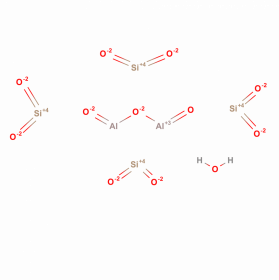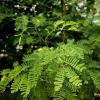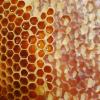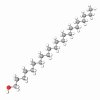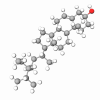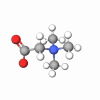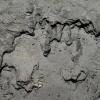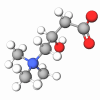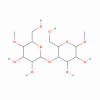Bentonite is one of the smectite clays with multiple beneficial properties and effects on the skin. It has similar properties to another smectite clay MAS (Magnesium Aluminum Silicate), widely used in skin care preparations. Bentonite is a multifunctional ingredient used as:
Emulsion stabilizer
Bentonite is an excellent stabilizer of both oil-in-water and water-in-oil emulsions, even at low concentrations. Its colloidal structure holds particles separate and suspended, even at high temperatures. In combination with nonionic or anionic surfactants, less than 1% smectite clay stabilizes emulsions in various oils, fats, and waxes. Smectite clays also complement surfactants by improving the product's spreadability, viscosity, and film-forming properties.
Gel forming
Bentonite is used to produce opaque gel in products such as acne creams, sunshades, and toothpaste. Smectite clay gels are water-based and excellent vehicles for topical preparations of even consistency and strength.
Formulation base
Smectite clays' thixotropic properties add body and spreadability to creams and lotions without feeling greasy or sticky. Bentonite is also convenient for reformulating light lotions into thicker creams or pastes with the same essential ingredients.Suspends solids
Bentonites' colloidal structure holds solid particles in suspension without forming irreversible gels, as do many gums. Smectite clay is a more efficient suspending agent than organic gums, especially at low viscosities. Smectite clays effectively suspend a wide variety of powdered materials, including high-density minerals and organics such as Kaolin or Pectin.
Synergistic action
Smectite clay-water dispersions have a high gel strength-to-viscosity ratio. When combined with organic thickeners, synergistic increases in gel strength are realized, making superior suspensions at shallow solids levels of clay.
Adsorption
Isomorphic substitution within the clay lattice generates a highly active surface area characterized by a high cation exchange capacity. This property improves color acceptance and oil adsorption and promotes the selective adsorption of active ingredients. In addition, a high surface area allows adsorbing of impurities and dirt from the skin's surface.
